Silver Birch
(Betula pendula)
The silver birch (Betula pendula) a tree that not only graces our landscapes with its elegant beauty but also plays a crucial role in fighting climate change and supporting wildlife and biodiversity.
Scientific Name: Betula pendula
Family: Betulaceae
Average Height: The silver birch typically reaches an average height of 15-25 metres, standing tall and slender in our woodlands and countryside.
Average Canopy spread: Its branches extend gracefully, forming a lovely canopy that spreads between 6-10 metres, providing shade and shelter to the wildlife below.
Preferred Ground Conditions/Habitat: Silver birch thrives in a variety of soil types, including well-drained acidic or slightly alkaline soils. It prefers sunny positions and can be found in woodlands, heaths and even urban areas. A pioneer species, it is often one of the first trees to colonise open or cleared ground, providing a stage for songbirds joining the dawn chorus and beginning the process of woodland generation by attracting the birds and mammals that carry the seeds of other species with them.
How to Identify Silver Birch
Silver Birch Leaf ID: The leaves of the silver birch are small and delicate, featuring a distinctive triangular or diamond-shaped appearance with serrated edges. They turn a vibrant yellow colour in autumn, creating a stunning display.
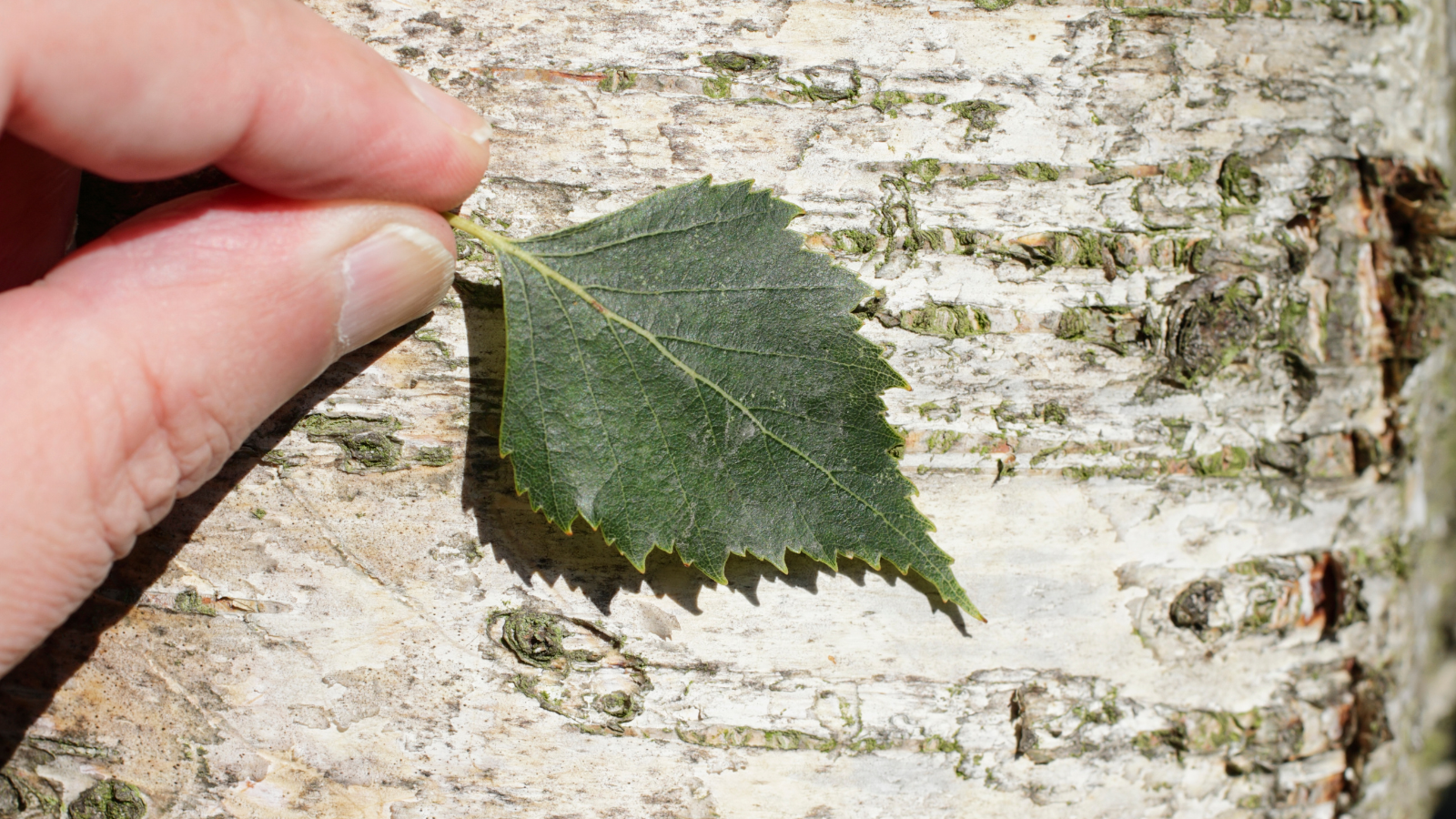
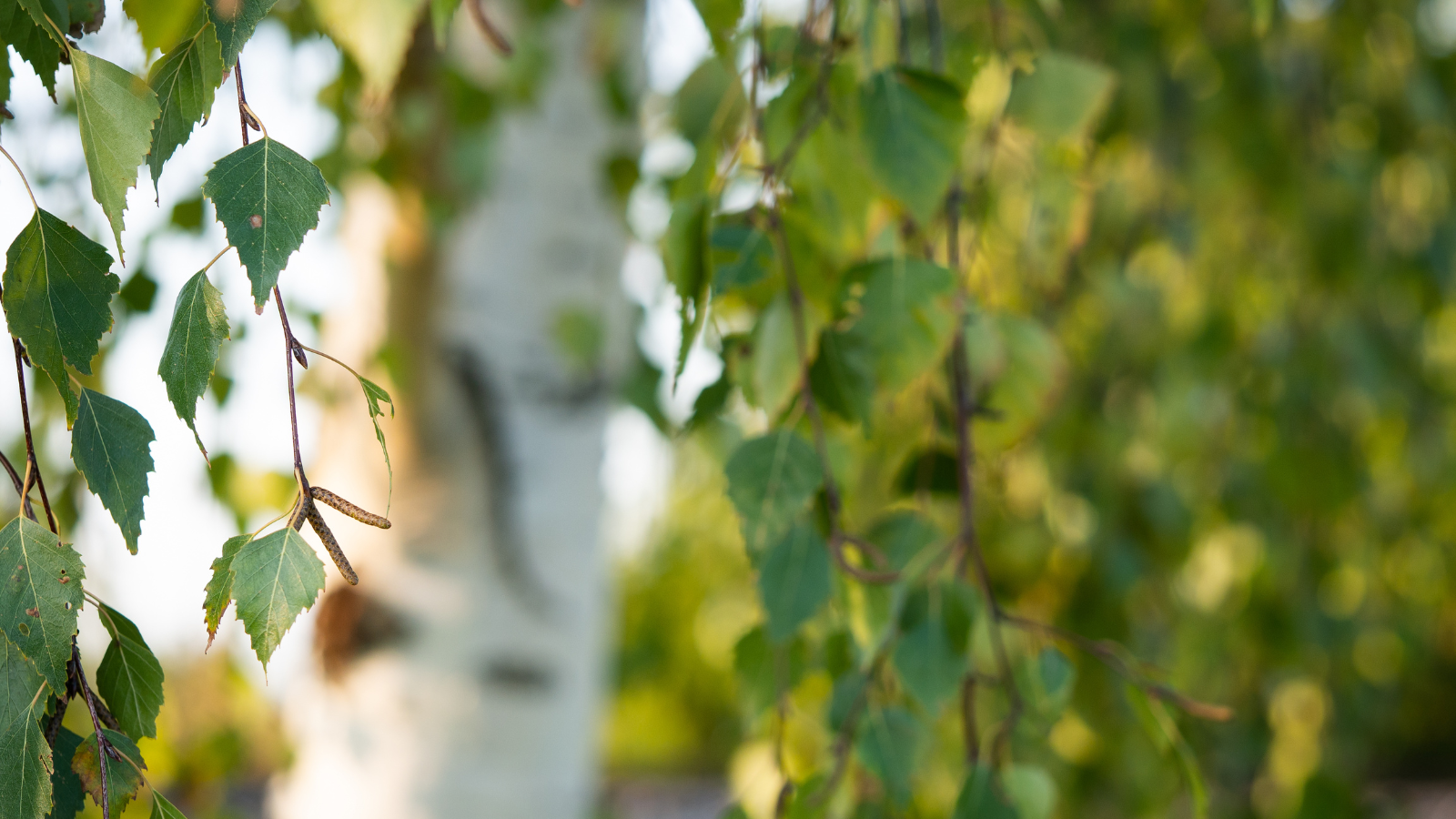
Silver Birch Flowers ID: During springtime, silver birch produces drooping catkins that hang from the branches. These catkins are made up of inconspicuous green male flowers and smaller brownish female flowers.
Silver Birch Fruit ID: The female catkins develop into small, winged nutlets that mature in late summer or early autumn. These nutlets are tiny and numerous, allowing them to be carried by the wind.
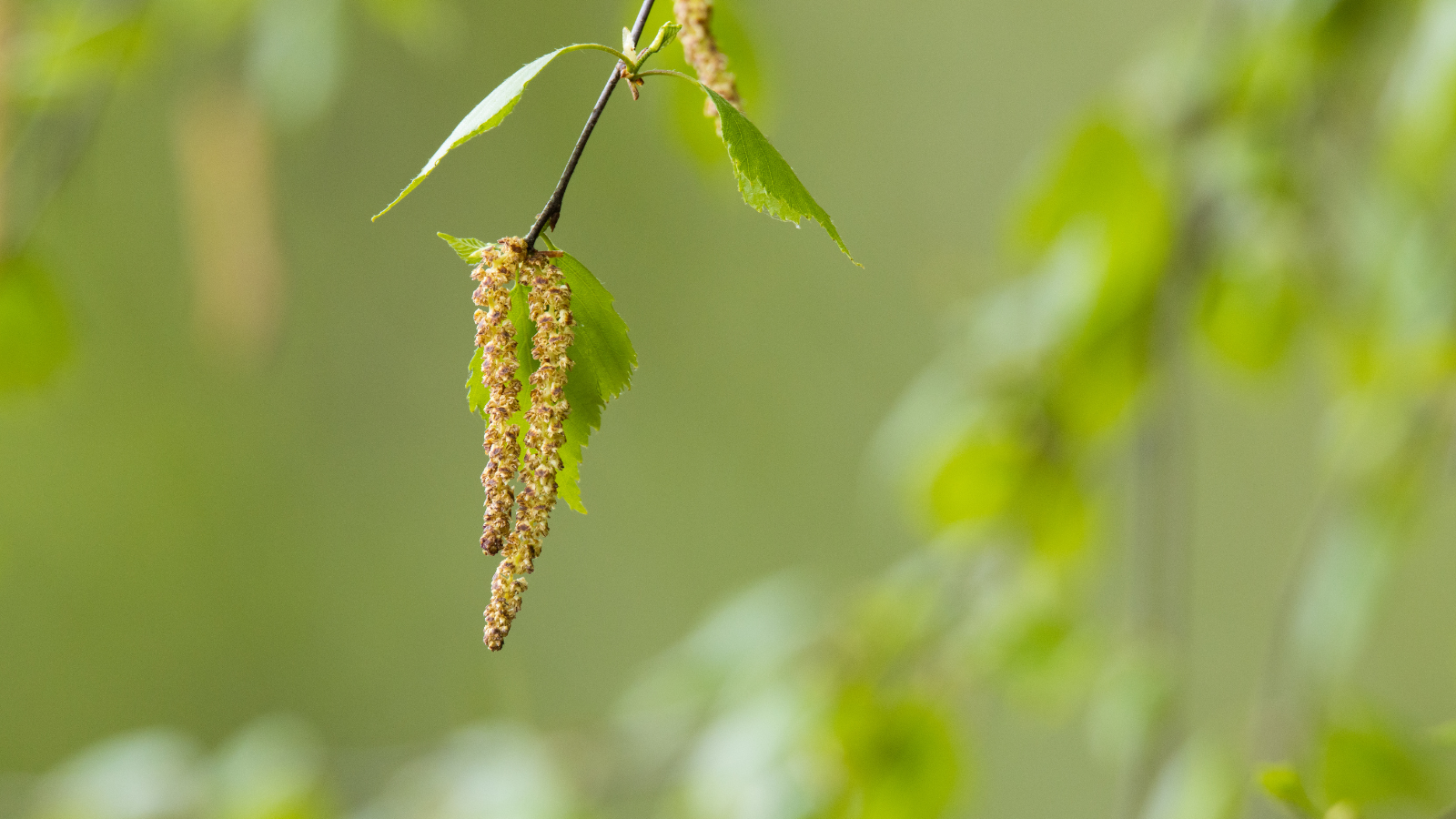
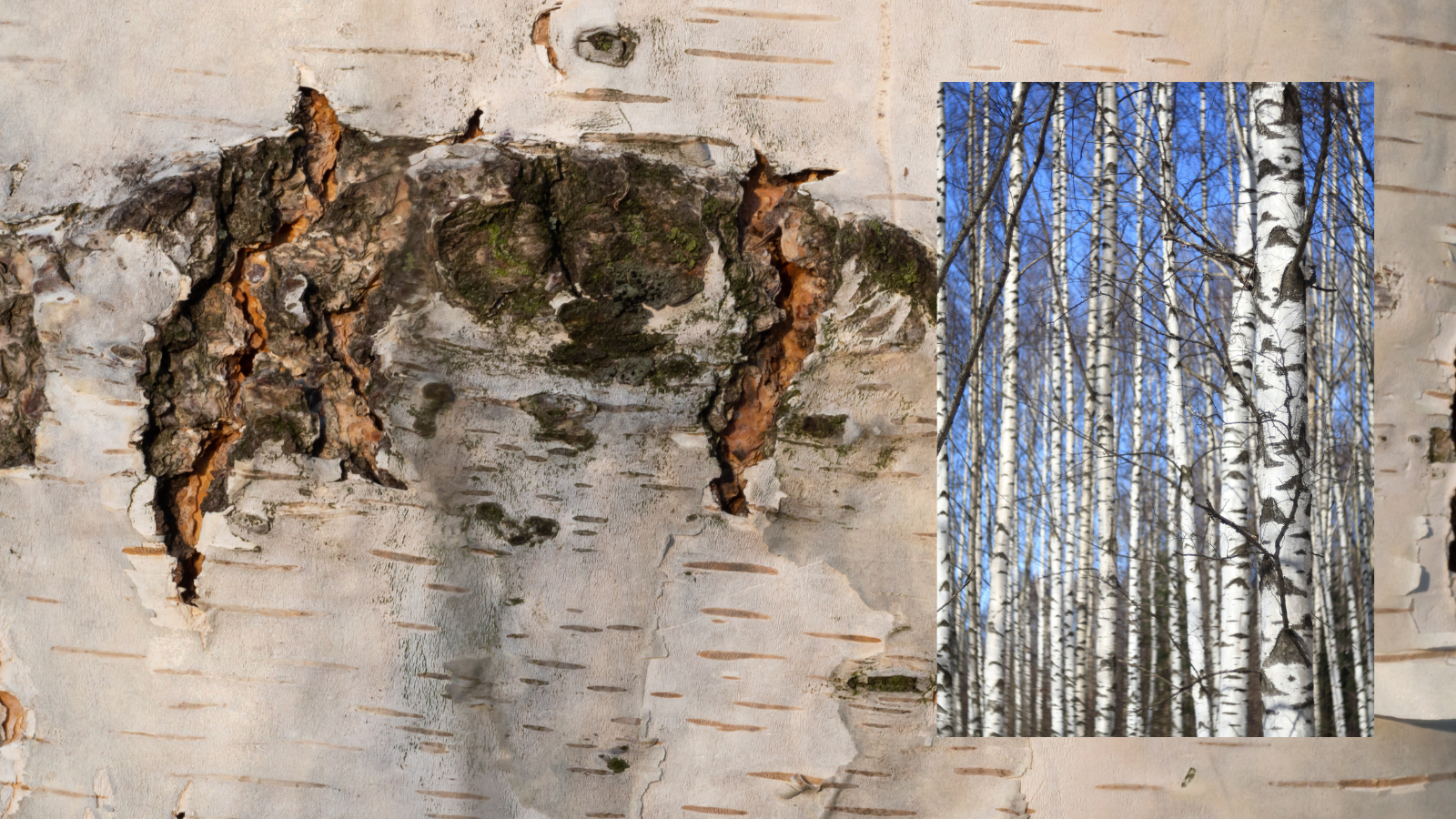
Silver Birch Bark ID: One of the most striking features of the silver birch is its silvery-white bark, which peels and flakes in horizontal strips. This unique bark provides a distinctive appearance to the tree, especially when illuminated by sunlight. Flecked with striking dark fissures, as the bark matures it takes on a rugged appearance with the fissures developing into larger diamond shaped crevices.
What Native UK Wildlife Does Silver Birch Support and How Does It Support Them?
The silver birch plays a vital role in supporting native UK wildlife. Its catkins provide an early source of pollen and nectar for bees and other pollinators, helping to sustain their populations. Additionally, the leaves are consumed by caterpillars of various moths, such as the peppered moth. The tree's seeds are a valuable food source for birds, including goldfinches and siskins, while the canopy offers nesting sites and shelter for a range of bird species.
Properties and Uses of Wood/Parts of the Silver Birch
The silver birch boasts an array of properties and uses. Its wood is lightweight, durable and often used in furniture making, joinery and crafting. The bark has historically been used for making canoes, containers and roofs due to its waterproof qualities. Furthermore, the tree's sap can be tapped and used to make birch syrup, or bottled as birch water – which you can buy in the shops! The leaves have been utilized for their medicinal properties and brewed into tea for their diuretic and detoxifying effects.
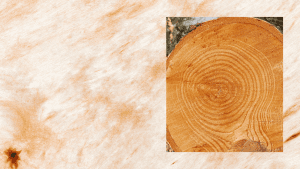
Start your tree planting journey today. Join I Dig Trees and be a part of something truly special.
Together, we’re taking positive action - planting millions of trees for climate, wildlife and communities.
